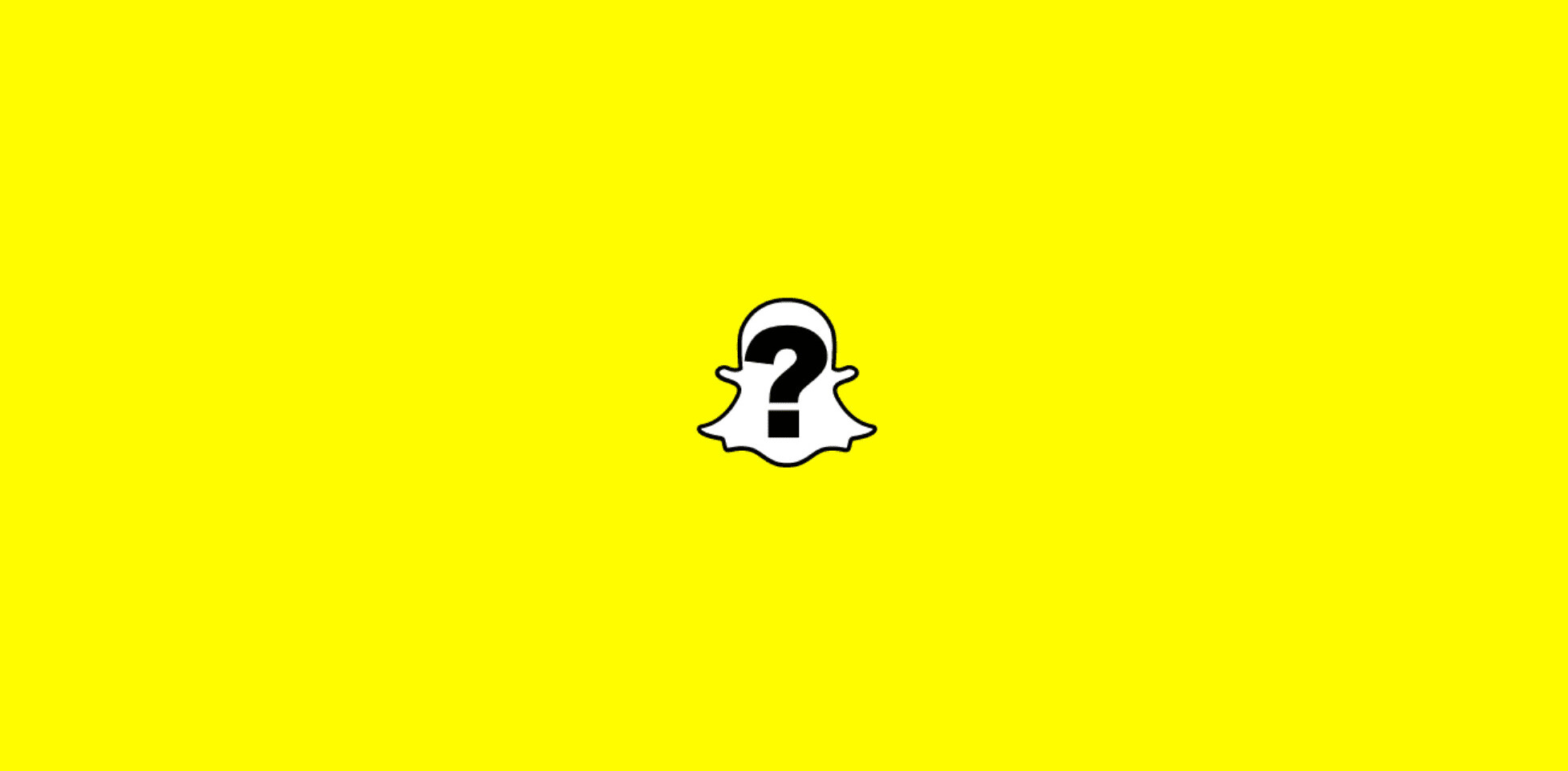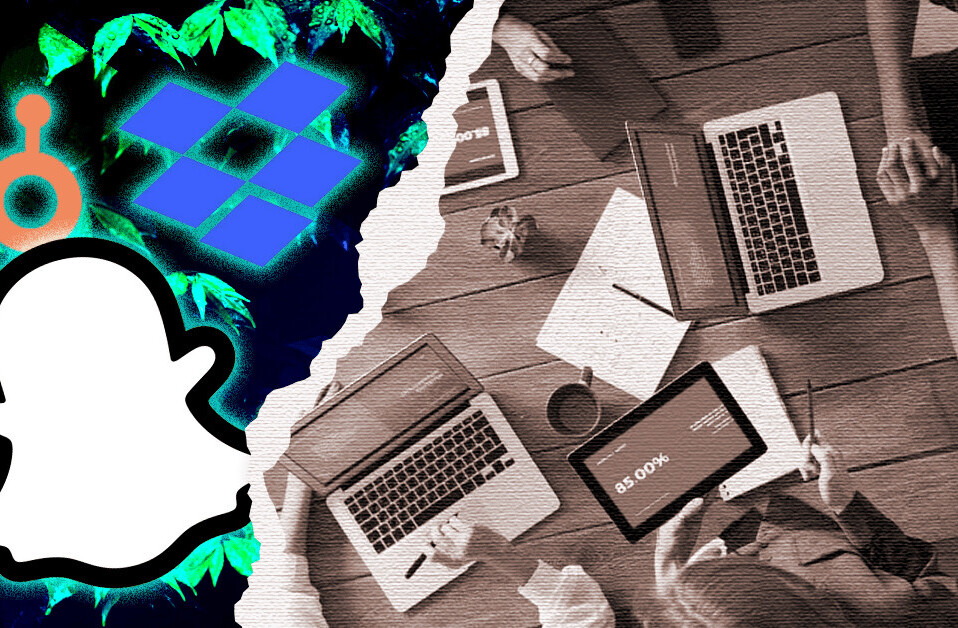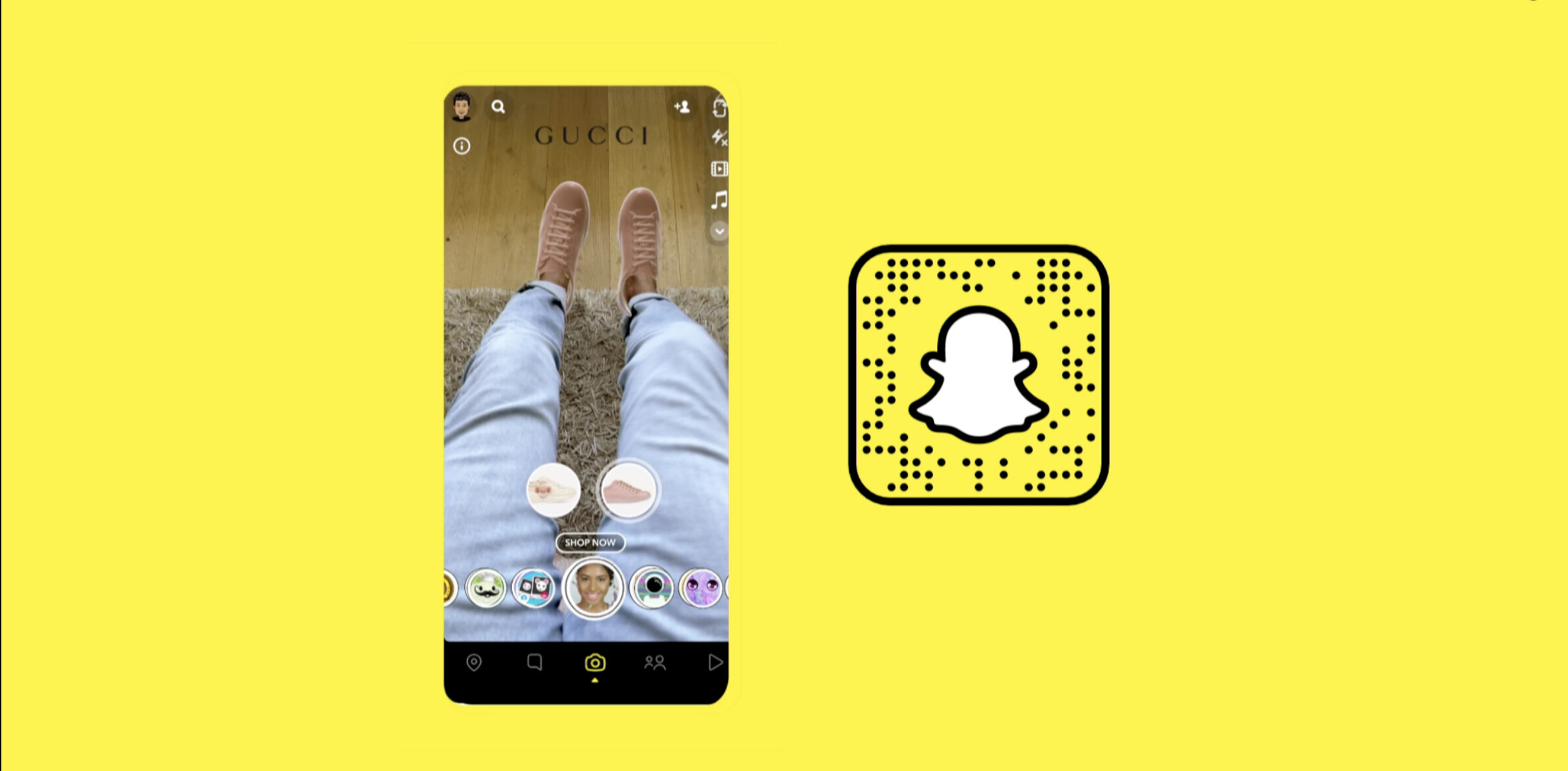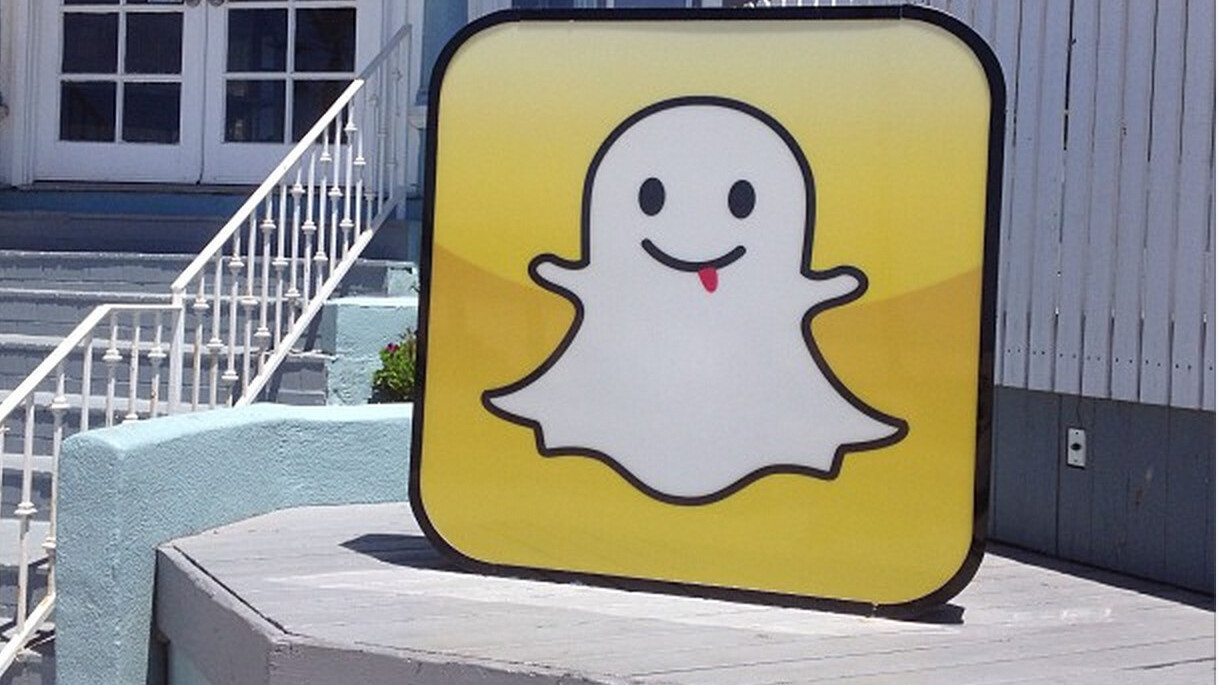
I am not what you would call Snapchat’s target audience. I still read newspapers, I have subscriptions to expensive and largely pointless print magazines, I don’t know anyone between the ages of 14-22.
But I do have Snapchat on my phone, and I do occasionally tune in to watch DJ Khaled do absolutely nothing and get paid handsomely for it. You can see some of those gems over on this Twitter account paying homage to his “greatness”.
While the app, which has been around since 2011, is undoubtedly aimed at ‘the kids’, what I’ve never quite understood is the Discover channel. Of course, I understand the financial side of it – it’s the company’s way of drawing in publishers in dire need of new audiences to justify the costs of running and maintaining editorial products.
And it’s been very, very, very good at helping those publishers part with the little cash – and staff – they have left. So much so, that when I logged on this morning for my daily DJ Khaled fix, I saw The Sun newspaper first in line for the coveted audience’s eyeballs.
The newspaper was Britain’s political – not to mention soft porn – powerhouse for decades, until it was usurped on both counts by the Daily Mail and it’s bright pink Don’t Miss column on its website.
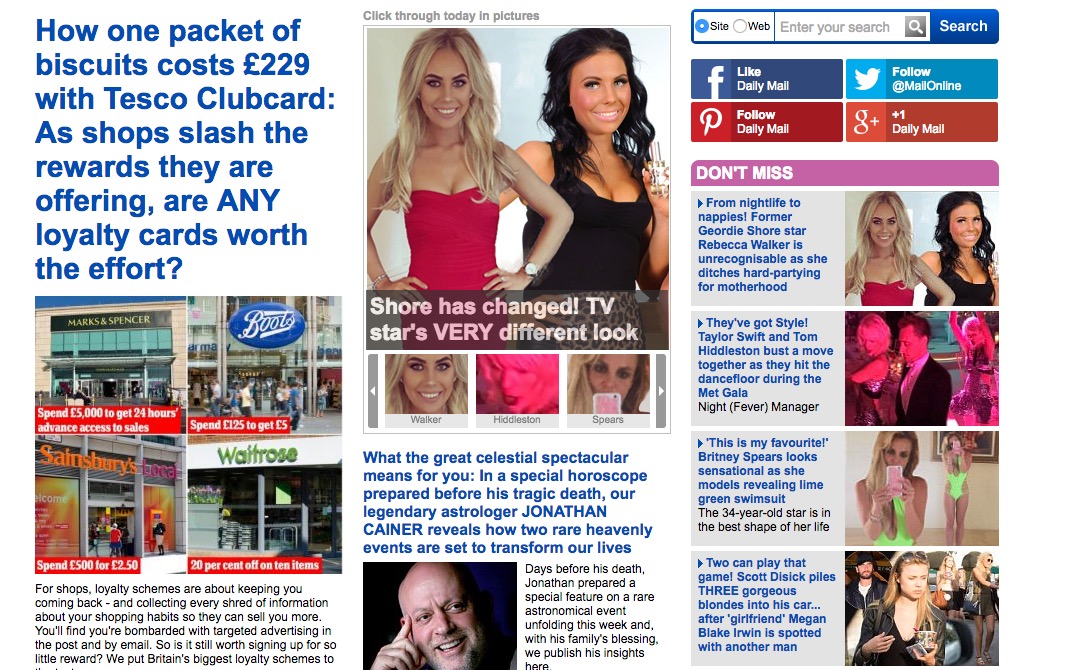
In today’s Snapchat edition there’s a man eating doughnuts, paparazzi shots of B-list celebrities, a story about internet trolling and yes, the ultimate guide to curing any spot. On the surface, this all sounds like the type of content Snapchat’s target audience loves to see. But beneath that shiny disposable content lies a darker, more troubling future for Snapchat’s audience.
Historically, Snapchat CEO Evan Spiegel has been reluctant to let anyone interfere with the way its app works, especially advertisers. He still makes it impossible for audiences to click through to a publisher’s site from within the app, he doesn’t charge a subscription fee and the company keeps little if any data on who visits brands and why.
But by opening the doors to an increasingly varied and diverse publisher base, its diluting what Snapchat as a brand represents and is replacing it with the corporate identities of its biggest paying publishers.
In its early days, Snapchat was a counter-culture hotspot for young people to use the Web without leaving a digital footprint. When it first unveiled its Discover channel, the idea was for Snapchat to closely curate the publishers in accordance with what the company thinks is appropriate for its audience. Today, it’s more about how many millions of people companies can reach if they stump up the cash to be on it.
In the UK, The Sun and the Daily Mail are fierce rivals. They both covet a similar demographic, and have competed to be the most read paper for years. On Snapchat however, they are sat side by side. I’m not sure how I’d feel if I was the Daily Mail and my main rival was plonked on the same page.
Other social networks have done this: Facebook, Twitter and more recently Instagram have all made successful transitions from a platform for people to a platform for businesses and advertisers to reach people. On the surface, these networks are still about the user. And for brands, your rivals aren’t advertising their services next to yours.
Logging on to the aforementioned, the UX is focused on the people the user follows, and then advertisers are squeezed and squashed in around it. On Snapchat, the Stories page is dominated by those brands across the top. Their logos are bigger and it occupies the coveted prime real estate on any mobile browser: the top of the screen.
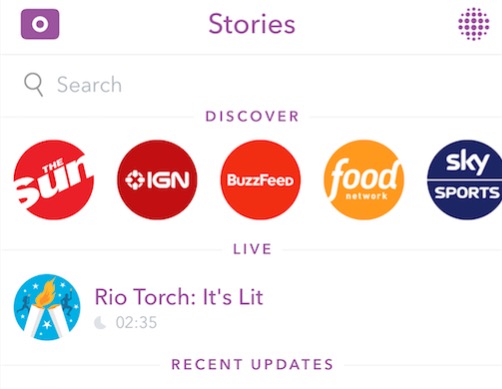
This should worry both users and brands who want to get involved. For users, the time and effort you have spent on the social network uploading all those disposable videos is now ultimately the giant shoulders Snapchat stands on to justify its colossal valuation – and the prices for publishers to be on it.
That’s the same situation on many other social networks: however, the difference is those social networks allow you to focus on the reason why you’re there, to connect with friends and family. Snapchat’s priority, from a UX perspective is to get you to click those big shiny logos at the top. It’s a subtle, but serious difference.
For brands the concerns are already well documented. It’s a walled-garden where users aren’t allowed to interact with the brand directly, i.e. they have to leave Snapchat and seek out the brand through either another app or through a Web browser.
It’s expensive to produce video content every single day, especially if you want to be on the Discover channel, without an obvious return on investment. And last of all, it’s a company that has no qualms killing off your attempts to build something on it if it doesn’t like it.
Just ask Yahoo, a high-profile launch partner that was removed after six months because Spiegel reportedly did not like the content, which consisted largely of news anchor Katie Couric as a talking head.
Snapchat is of course, trying to traverse the perilous journey from startup to established brand. But if this is the direction the company is headed in – where the brands matter more than the fans, I’d be worried.
Get the TNW newsletter
Get the most important tech news in your inbox each week.
